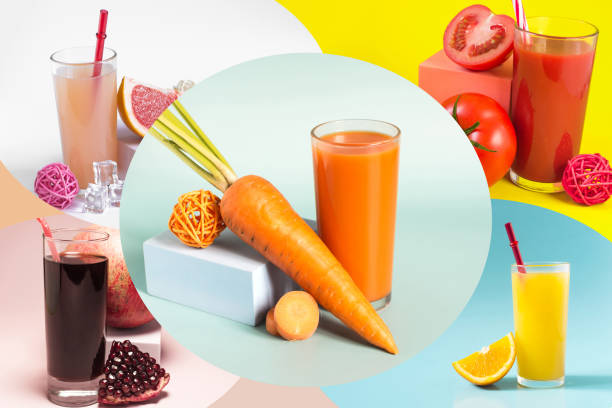
In the wellness and nutrition world, it’s easy to get lost in the plethora of health buzzwords, diet trends, and promising supplements. However, there’s one molecule that deserves your undivided attention – glutathione. Known as the “master antioxidant,” glutathione is critical to our overall health and well-being. This blog is designed to be your comprehensive guide to understanding the science behind whole foods that boost glutathione levels in our bodies.
Before we delve into the intricacies of boosting glutathione naturally through food, let’s touch upon another popular method: glutathione supplements with whole foods. These products are increasingly becoming the go-to choice for those looking to enhance their antioxidant intake conveniently. But what if you could simply adjust your diet and reap similar benefits? This guide will help you do that by providing insight into how certain whole foods can significantly enhance your body’s natural defense mechanisms.
Understanding Glutathione
To grasp the significance of foods that boost glutathione levels, it is crucial to have a clear understanding of what exactly glutathione is and how it operates within our bodies. Glutathione is a tripeptide composed of three amino acids: cysteine, glycine, and glutamate. Its primary function is to act as an antioxidant by shielding cells from stress-induced damage. Additionally, it aids in neutralizing substances such as metals and toxins while playing a critical role in various metabolic processes.
Glutathione Levels and the Aging Process
As we age, the natural glutathione production within our bodies gradually declines.
One way to support the body’s production of glutathione, which is important for health, is by incorporating certain whole foods into your diet. These foods not only provide nutrients but also help enhance your overall well-being.
- Cruciferous vegetables like broccoli, cauliflower, Brussels sprouts, and kale are rich in sulfur compounds necessary for maintaining glutathione levels. Studies have shown that consuming these vegetables can increase glutathione production while supporting liver detoxification.
- Garlic is commonly known as a superfood with health benefits. It can also boost glutathione levels. It contains sulfur compounds like allicin that play a role in promoting the synthesis of glutathione.
- Spinach provides vitamins and minerals and is a source of nutrients that help boost glutathione levels, such as iron and folate. Adding spinach to your diet can contribute to maintaining levels of glutathione.
- Curcumin, the compound found in turmeric, has been extensively researched for its health benefits. One notable advantage is its ability to enhance glutathione production by activating genes associated with the process.
- Avocado is recognized for its fats and nutrient density and also serves as a source of antioxidants that promote cellular health and boost glutathione production.
- Green tea contains compounds called catechins, which have been proven to raise glutathione levels and safeguard cells against oxidative damage caused by free radicals.
- Onions, leeks, shallots, and other sulfur-rich foods are sources of sulfur compounds necessary for synthesizing glutathione within our bodies.
- Oranges, lemons, grapefruits, and other citrus fruits are rich in vitamin C, a nutrient required for the functioning of enzymes involved in glutathione synthesis.
- Fatty fish like salmon and mackerel offer omega-3 fatty acids and selenium, a mineral that supports the body’s glutathione production.
Conclusion
Including foods that enhance glutathione levels can strengthen your body’s defense against harmful substances and improve cell functioning. There are various options available to increase glutathione levels naturally. These include choosing vegetables such as broccoli or cauliflower, which are rich in sulfur compounds, or citrus fruits abundant in vitamin C.
Published by HOLR Magazine.


